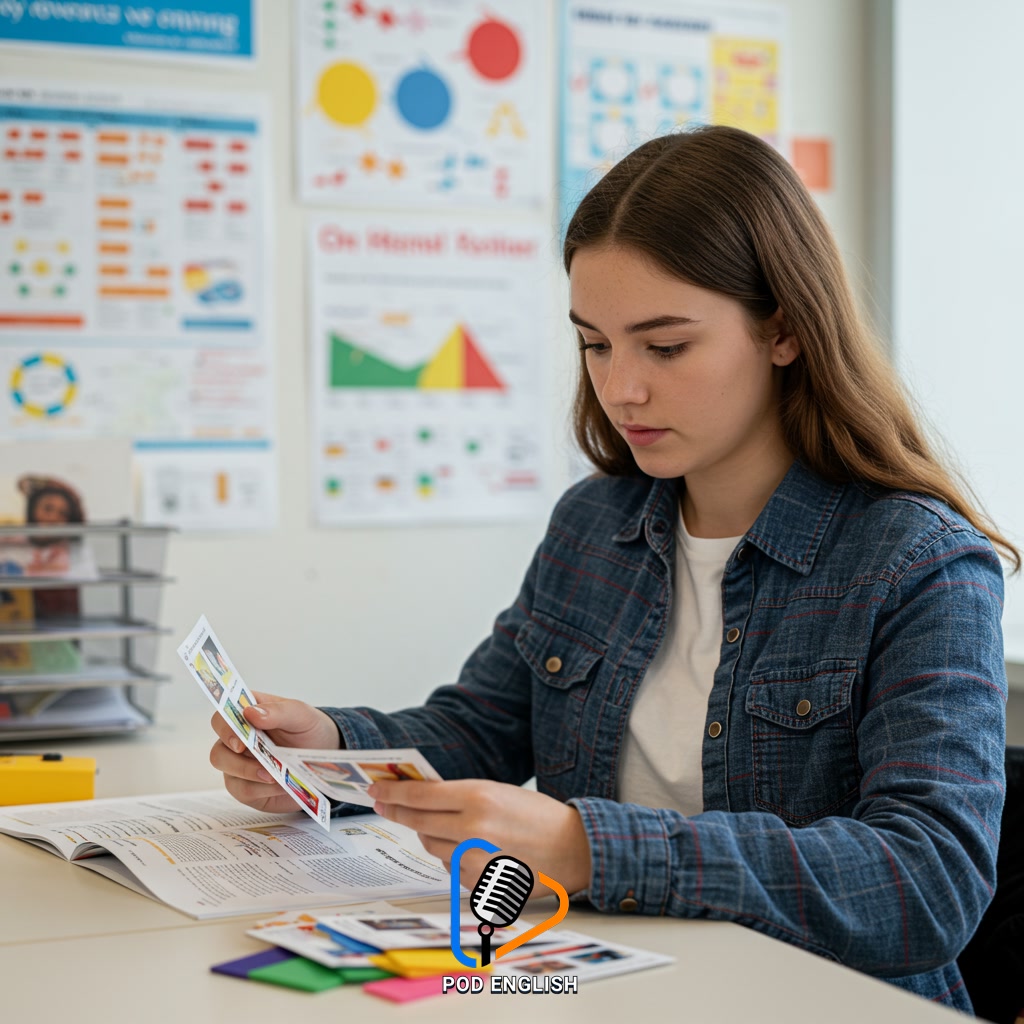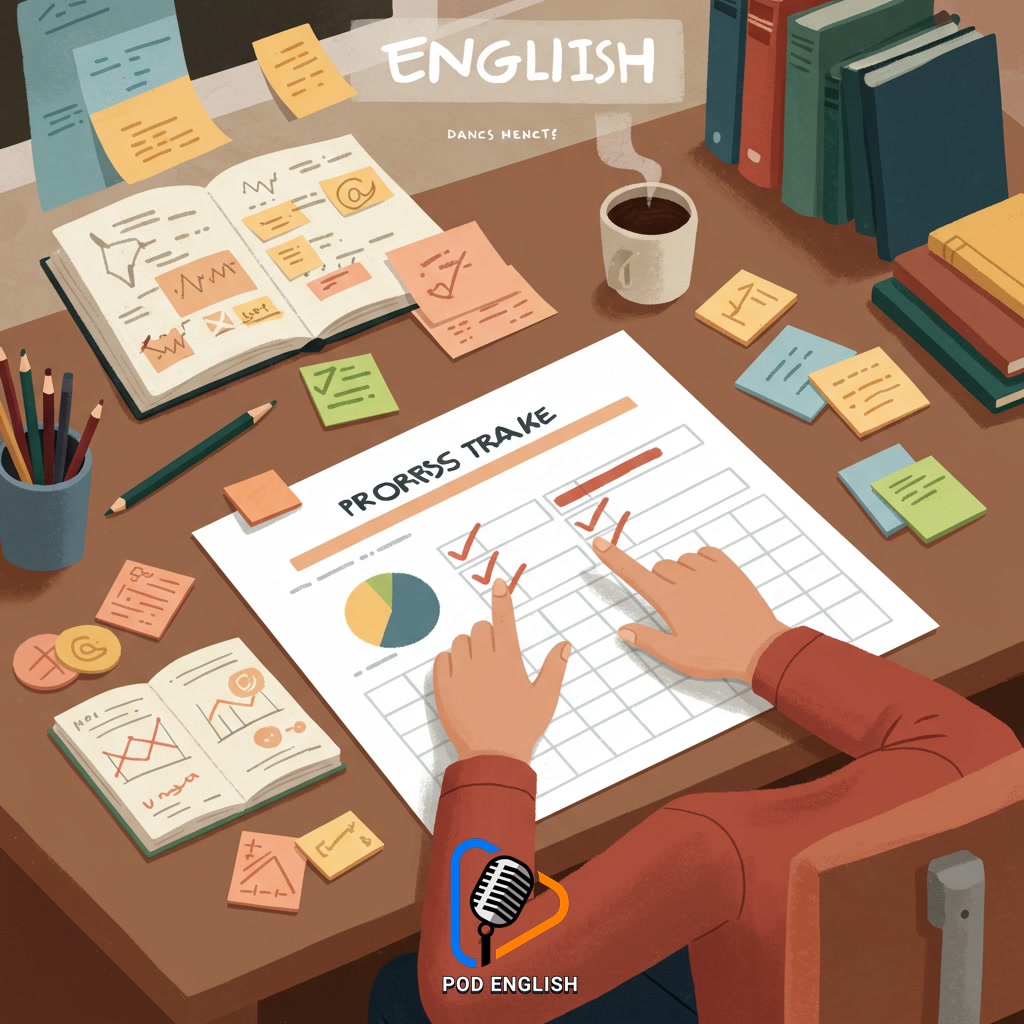Learn English
Boost Your Motivation to Study English Using Effective Visual Cues

This content explores effective strategies to enhance your motivation for studying English. It specifically focuses on leveraging visual cues to make the process more engaging and impactful. Discover how incorporating images, diagrams, and other visual aids can help you stay motivated and committed to your English learning journey.
Table of Contents
- Section 1: Understanding the Power of Visual Cues in Boosting Motivation
- Section 2: Why Visuals Are Effective for English Language Learning Motivation
- Section 3: Types of Effective Visual Cues for Your English Study
- Section 4: Practical Steps to Implement Visual Cues in Your Study Routine
- Section 5: Integrating Visual Cues for Consistent Progress and Motivation
Section 1: Understanding the Power of Visual Cues in Boosting Motivation
Maintaining motivation while studying English can sometimes be challenging, but understanding how our brains process information offers a powerful solution. Visual cues, such as images, diagrams, charts, and even color-coding, are incredibly effective tools because they tap into our brain’s natural ability to process visual information rapidly and store it more easily than plain text. When you use visual aids, learning becomes less abstract and more concrete, making complex grammar rules or new vocabulary feel more manageable and less daunting. This engagement reduces cognitive load and makes the learning process more dynamic and interesting, directly contributing to increased motivation and a stronger desire to continue your English learning journey.

Understanding the Power of Visual Cues in Boosting Motivation
Section 2: Why Visuals Are Effective for English Language Learning Motivation
Visual cues, such as images, diagrams, charts, and videos, tap into our brain’s natural preference for processing visual information. This makes learning less like a chore and more engaging. When you see a concept illustrated or a vocabulary word paired with a clear image, it’s often easier to understand and remember than just reading text alone. This ease of processing reduces cognitive load, preventing frustration and building confidence. Seeing progress through visual means, like tracking completed lessons on a chart, also provides tangible evidence of your effort, which is a powerful motivator. Ultimately, visuals make the abstract task of language learning feel more concrete and achievable, fueling your desire to continue.

Why Visuals Are Effective for English Language Learning Motivation
Section 3: Types of Effective Visual Cues for Your English Study
Building on the idea that visual cues are effective, let’s explore specific types you can integrate into your English study routine. Beyond simple images or videos, consider using flashcards featuring pictures alongside words or phrases to build vocabulary associations. Mind maps are excellent for visually organizing grammar rules, vocabulary themes, or story plots. Infographics can simplify complex concepts like verb tenses or sentence structures. Color-coding notes helps categorize information visually, making review more efficient and less overwhelming. Even creating physical concept maps or timelines on a whiteboard can make abstract ideas tangible. The key is to find which visual formats resonate most with you, transforming passive learning into an active, visually stimulating experience that keeps your motivation high.

Types of Effective Visual Cues for Your English Study
Section 4: Practical Steps to Implement Visual Cues in Your Study Routine
Building upon the understanding of various visual cues, let’s now focus on integrating them effectively into your daily English study routine. A key practical step is to actively organize your study materials visually. For instance, color-code flashcards based on topic or difficulty, or ensure each card features a relevant image alongside the word. Transform your study space into a visually stimulating environment by pinning up vocabulary posters, grammar diagrams, or maps. Utilize visual progress trackers, such as filling in a chart or adding stickers for completed study sessions. By consistently interacting with these visual elements – seeing them, arranging them, and using them to mark progress – you create a dynamic and engaging learning experience that reinforces concepts and provides tangible evidence of your effort, directly fueling your motivation.

Practical Steps to Implement Visual Cues in Your Study Routine
Section 5: Integrating Visual Cues for Consistent Progress and Motivation
Building upon the understanding of various visual cues, let’s now focus on integrating them effectively into your daily English study routine. A key practical step is to actively organize your study materials using visual methods like color-coding notes, creating mind maps for vocabulary, or using visual flashcard systems. Furthermore, utilize visual progress trackers – a simple chart or checklist where you visually mark off completed tasks or mastered concepts can provide a powerful sense of accomplishment and motivate continued effort. Place visual reminders, such as posters with grammar rules or sticky notes with target phrases, in prominent places around your home. Regularly interacting with these integrated visual aids reinforces learning, makes the study process more dynamic, and helps you see your progress clearly, fostering consistency and sustained motivation.

Integrating Visual Cues for Consistent Progress and Motivation













